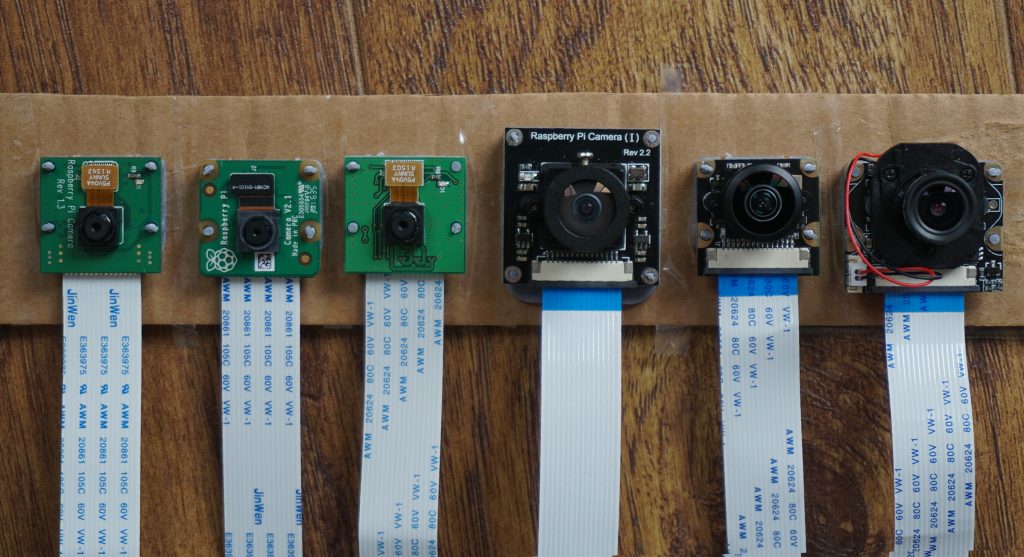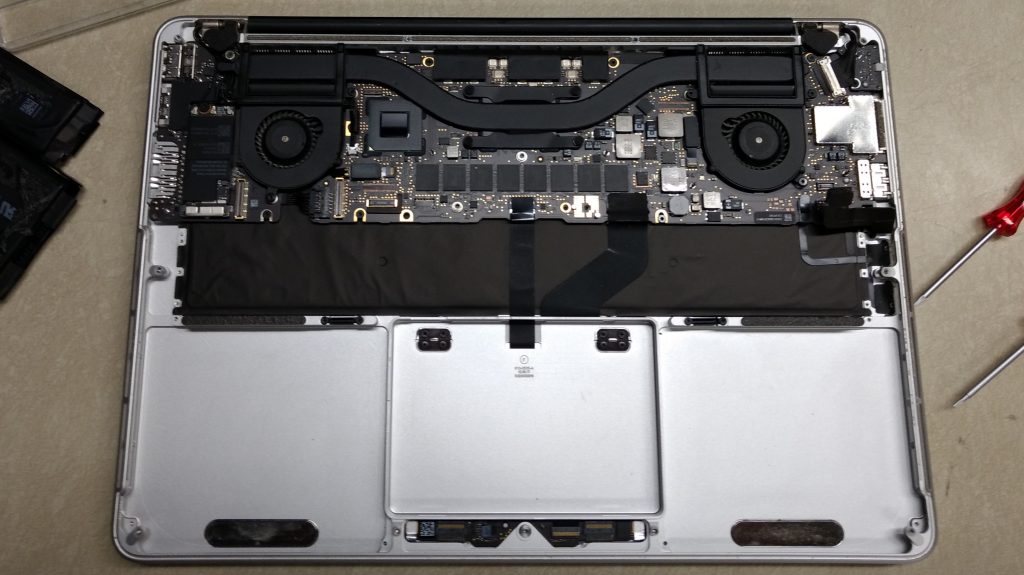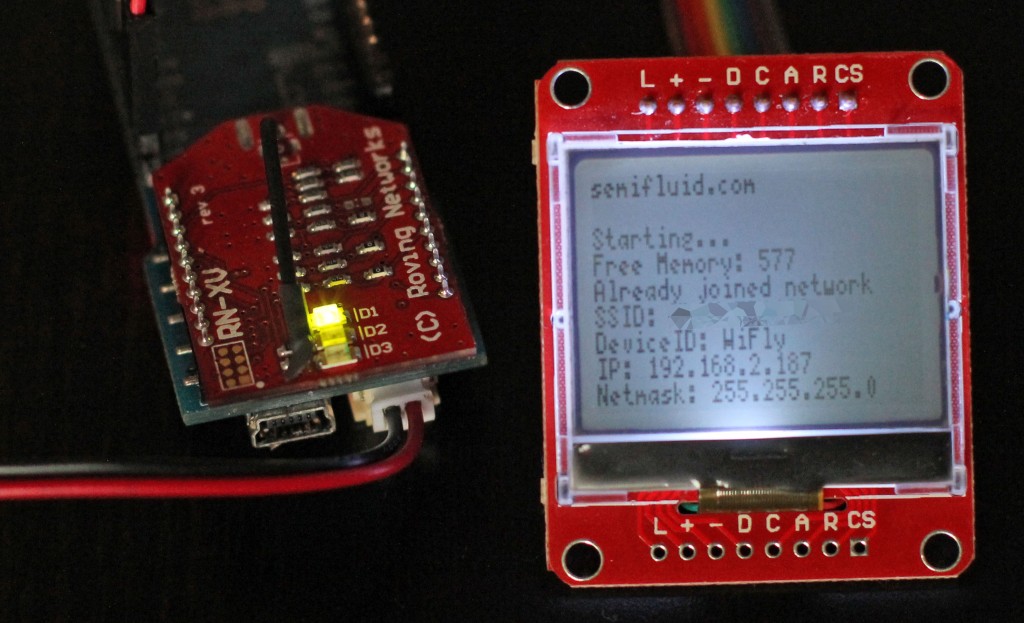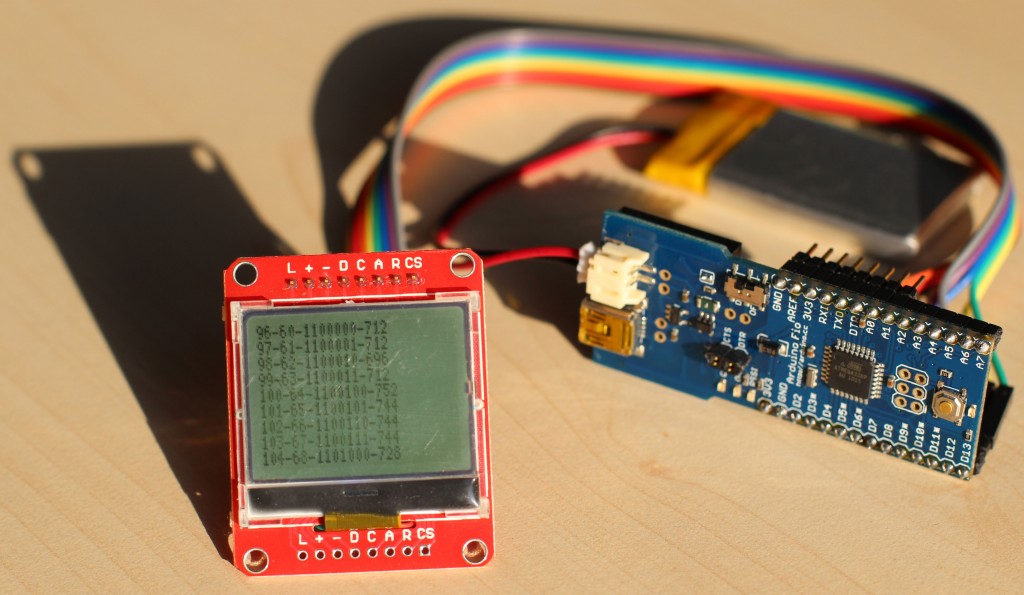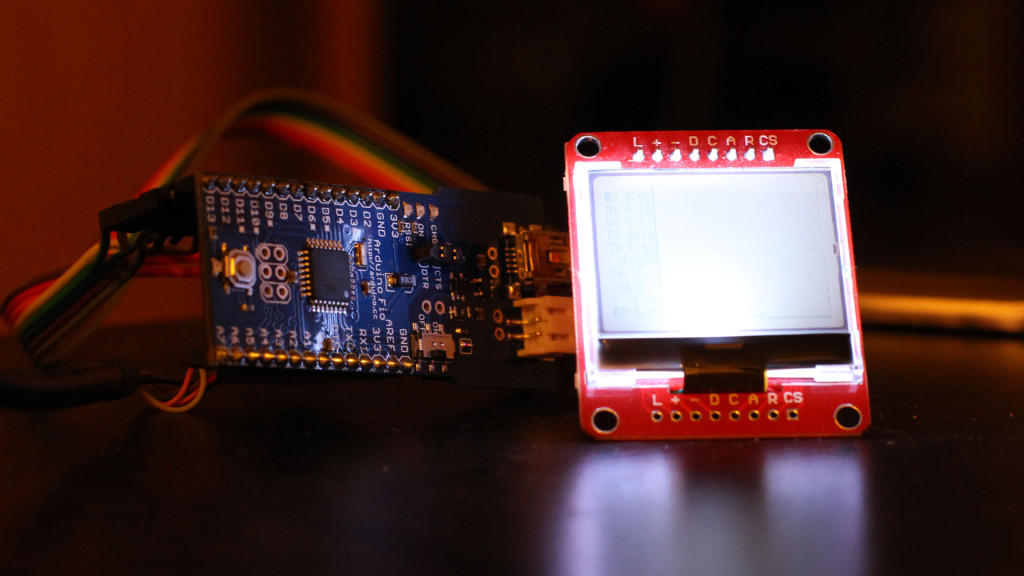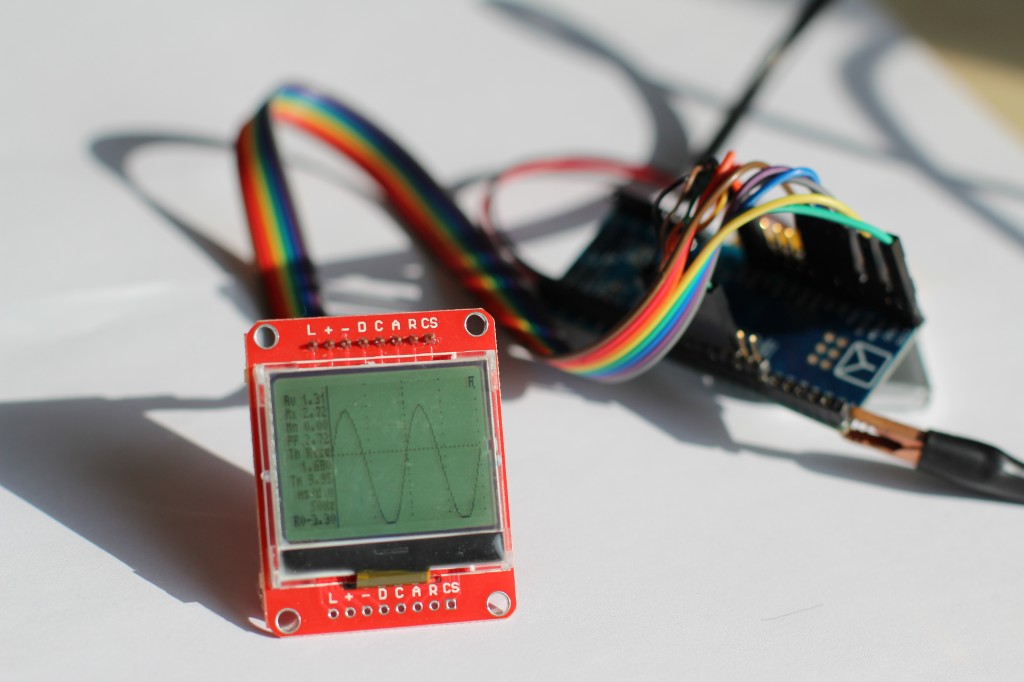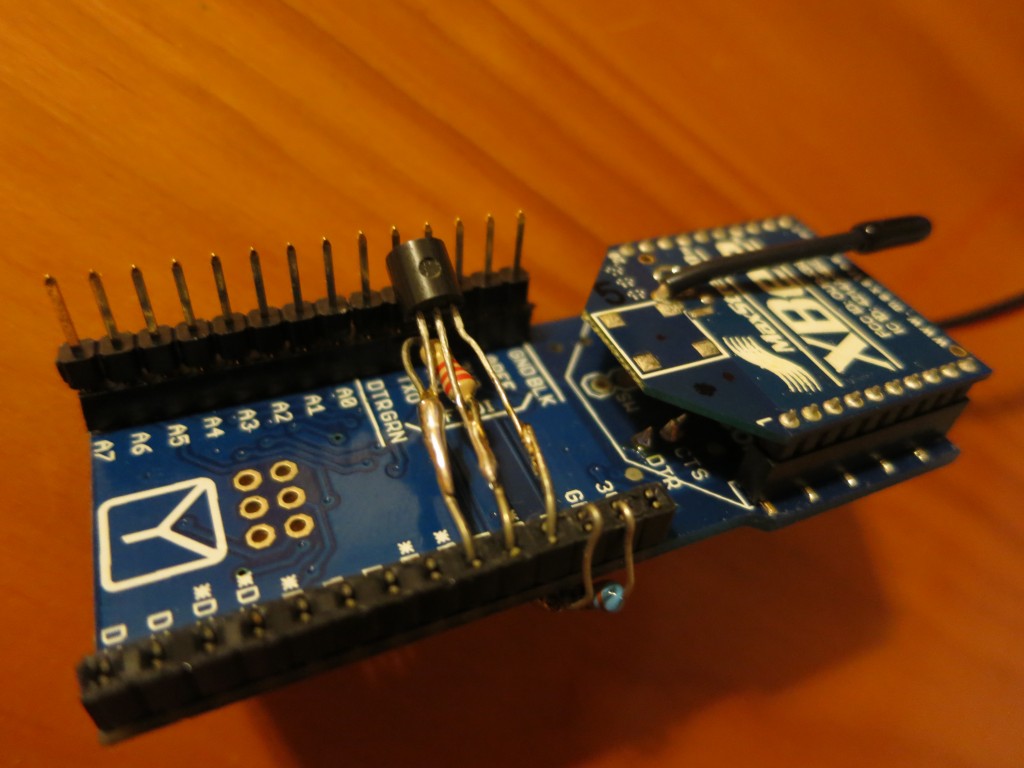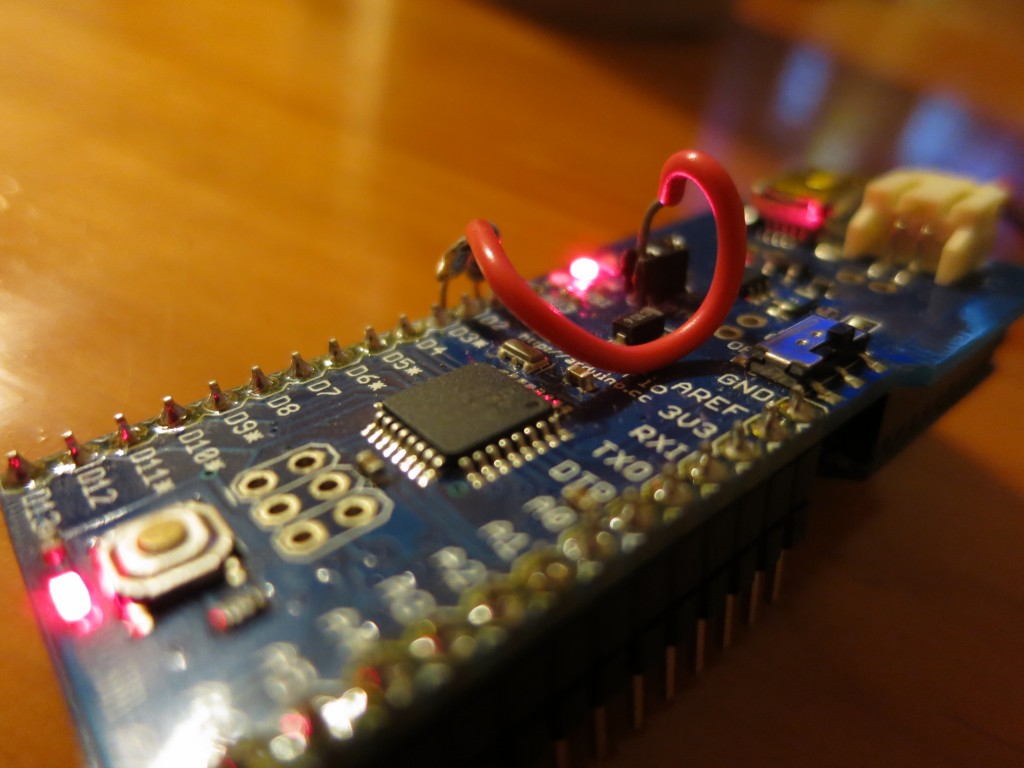I use a number of Raspberry Pi 3 Model B ARM-based Linux computers to help simplify my day-to-day life. Because I live in an urban area, I have been interested in setting up a security camera that could alert me to any issues that might arise when I’m not in the house. Most recent Raspberry Pis also include a CSI connector, meaning that it is easy to connect a high-resolution camera that can be easily accessed via python or via bash. This would also be helpful for any other computer vision setup, including OctoPrint. Since the Raspberry Pi runs OpenCV, I can use open source computer vision source code to quick and easily setup a security system. The first step is selecting a camera.
I plan on using a Raspberry Pi 3 or Raspberry Pi Zero v1.3 (with camera connector) as the base machine. However, there are a number of 3rd party cameras available. As is often the case, I was not able to find a comparison of the options available online, so today I am going to do a quick and dirty look at the following cameras:
| Model | Chipset | Megapixels | Advertised FOV |
|---|---|---|---|
| Raspberry Pi Camera | OV5647 | 5MP | 54° (h) x 41° (v) |
| Raspberry Pi v2 Camera | IMX219 | 8MP | 62.2° (h) x 48.8° (v) |
| Arducam 5MP RPi Camera | OV5647 | 5MP | 54° (h) x 41° (v) |
| Waveshare RPi Camera (I) | OV5647 | 5MP | 170° |
| Waveshare RPi Camera (J) | OV5647 | 5MP | 222° |
| Waveshare RPi Camera IR-CUT | OV5647 | 5MP | 75.7° |
In this post, I provide some demonstration photos for outdoor, indoor, and low-light scenarios for the modules.
